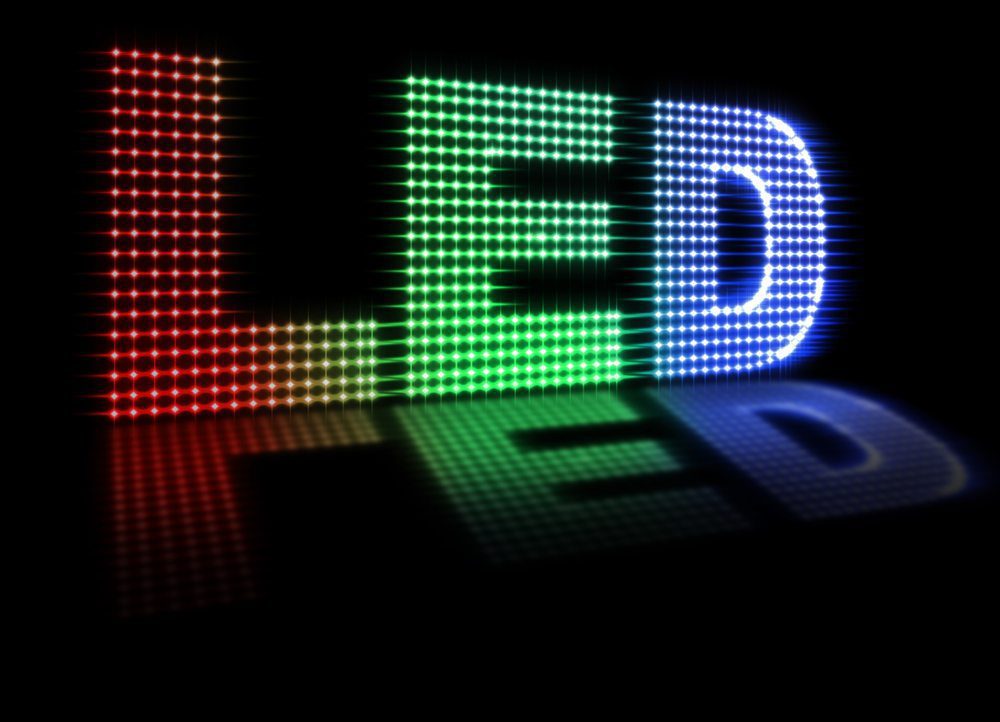Dealers should be aware of the implications and options of these trends. BY CHIP WALKER
It was a dark and stormy night. No, really. How does your dealership’s lot look? Can you tell a silver vehicle from a gray one? Does your front row “pop” with that Highline trade you just took? Do you have dark areas surrounded by hot spots, or places with no light coverage at all?
Dealerships need to take the lighting of their inventory more seriously. Recently, there has been a huge focus on exterior lighting for new store construction and remodelings, mostly thanks to continued advancements with LED fixtures and heads.
It probably seems like everybody and his brother has come by your dealerships promising, “We can save you tons of money if you update your lighting!” and “The payback is quick, and the lighting performance is superior!”
These promises are often true, to a point, but the devil always lurks in the details. Let’s review some basic facts about exterior lighting at dealerships.
Exterior Lighting Essentials
Utility expenses: This one of the single-largest cost items in operational overhead, often behind only payroll. Any impact on cost reduction a dealer can make in this area can be significant and long-term, and also can greatly enhance the customer experience. Most of the dealership exterior lighting systems I see not only are outdated but also are extremely inefficient.
Fixture types: The most common fixtures on dealership lots combine metal halide bulbs and ballasts (usually in 400- to 1,000-watt bulbs and ballasts) with dual, triple or even quad-head poles. These types of fixtures are either on or off; there is no capacity to dim, reduce or control the amount of light emitted.
Maintenance required with these types of heads is extensive, expensive and frequent. Additionally, this older-style system cannot be integrated with other systems at the dealership.
Older-style heads and fixtures: Output of these units diminishes over time in both quantity and quality.
Light color: This is measured in temperature; it’s the “whiteness” of the light produced, not the intensity, that matters. One might assume that since light emitted gets closer to “white” the higher the temperature of the bulb is, a higher temperature output is desirable That’s not always the case.
How To Measure LED Fixtures
Automotive exterior lighting is a bit trickier to correctly assemble. LED products are measured in two ways:
Color rendering index (CRI): This is a scale from 0 to 100 percent that indicates how accurate a “given” light source is at rendering color, when compared with a “reference” light source. The higher the CRI, the better the color-rendering ability.
This is a good thing, right? Again, be careful in making that assumption. Here’s why: If your showroom or exterior lighting include LED fixtures in a high ceiling or tall poles with a very high CRI index, a car painted pearl gray will look different than it will in sunlight, which is naturally lower in temperature and CRI rating. In short, sunlight has a lot of yellow in it.
If your customer picked out a pearl white unit in the showroom at night, it may seem like an entirely different car (and maybe a less desirable one) sitting outside in the sun the next day.
Foot-candles or lux: This is a measurement of the quantity of light that actually lands on a surface, whether that surface is a car hood or a parking lot.
The variables here are really simple. The farther the light source is from the illuminated surface, the weaker the intensity and the wider the beam spread is. This is why exterior lighting fixtures should be positioned high on poles in a dealership lot, in order to produce an even, consistent light footprint. The result is balanced and well-distributed lighting around the lot.
This is the same reason a dealership might use shorter poles in the front row, so that cars and trucks parked there look brighter then in the rows behind. Or, you can just use the taller poles with brighter (more powerful) bulbs.
Analyze The Lighting Plan Before You Start
Ready to keep your current lighting and just forget about an upgrade? Take heart. By choosing a reliable lighting manufacturer and a competent electrician, you can get the performance, result and customer experience you desire.
The first step in a well-thought-out lighting project is having your engineer produce a photometric plan. This is simply a blueprint of your facility that shows your pole locations and heights, number of heads, and how powerful the bulbs and ballasts are. The software then will perform all the calculations for how the system will perform on every square inch of your lot.
Within that software, one also can switch the type of lighting systems, bulb sizes and head configurations to customize the lighting plan to meet your budget. In some cases, you can retrofit new heads onto existing poles and update the entire lot at a much lower price. As a bonus, since LED fixtures use much less power, you could reuse the wiring that is already in place (as long as it is functional).
Keep in mind that almost all county, city and town governments have some form of lighting restrictions and covenants. Make sure before you pull the trigger that your new lighting plan meets all the local guidelines. Your engineer and electrician can help here as well.
Adjustability Opens LED Possibilities
Now, let me add one more factor to consider. The new LED lighting systems have a tremendous advantage in operational expense. If you allow me a bit of wiggle room, because there are so many variables, the math is not that complex.
If you are operating one LED 400-watt fixture at 100 percent, it delivers the same light as a 1,000-watt metal halide fixture at half the cost! Note that I said the LED fixture is operating at 100 percent. One of the really powerful advantages of LED is tht the user has total control. Fixtures can be dimmed.
So, if we go back to the math and LED fixtures operating at 100 percent cost half as much to run as non-LED fixtures, you can dim the lot without affecting how inventory looks. Savings are compounded when a dealership can operate the lighting system at levels adjusted to the surrounding light, while lots always look bright and cheerful.
Lastly, security systems can be tied into lighting with cameras and sensors that detect movement. If it is after-hours and exterior lights are at low-security levels, and a camera or a motion sensor detects movement, the entire site can be raised to 100 percent lighting. Plus, some systems send an e-mail to the dealer detailing what just happened, and the dealer can call up the video from anywhere in the world via smart phone or iPad.
In conclusion, just make sure to do lots of homework before picking a lighting manufacturer. Ask questions. Find out whether the system is manufactured or assembled, and by what company; whether it is backed by a warranty; and how and where you would get service. Investing in your dealership’s appearance is always money well spent.








